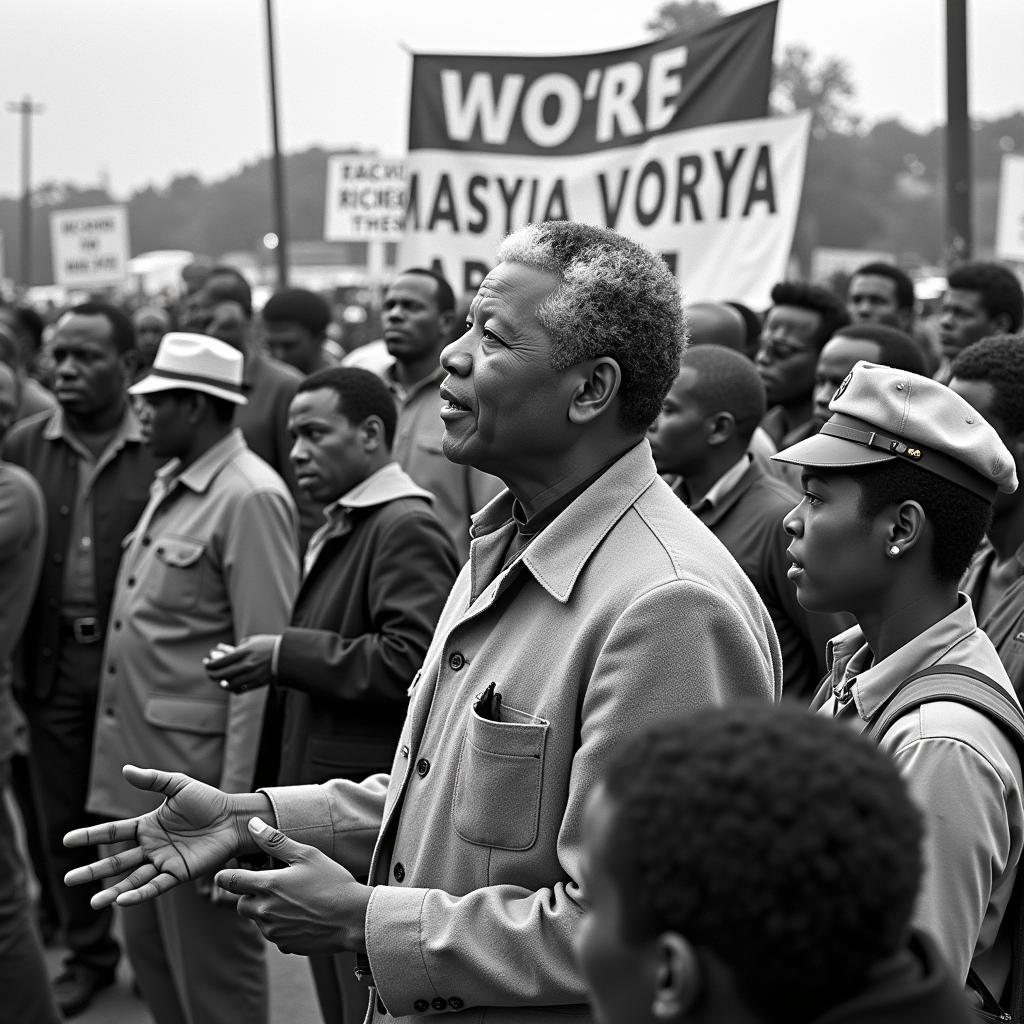Unpacking the African American Watermelon Stereotype
The African American Watermelon Stereotype is a deeply rooted and offensive caricature with a long and complex history. This article delves into the origins of this harmful association, its perpetuation in popular culture, and its lasting impact on African American communities.
The stereotype emerged in the post-Civil War era in the United States. As Black Americans gained newfound freedoms, including the right to cultivate and sell watermelons, the fruit became a symbol of their self-sufficiency. However, white supremacists twisted this symbol, using it to depict Black people as lazy, childlike, and uncultured. These racist depictions served to undermine Black progress and reinforce existing power structures. The stereotype quickly spread through various forms of media, including minstrel shows, cartoons, and illustrations. These depictions often portrayed Black people with exaggerated features, happily consuming watermelons, and furthering the narrative of Black people as simple and content with meager pleasures. This early propagation solidified the stereotype in the American psyche.
The Harmful Legacy of the Watermelon Caricature
The impact of the African American watermelon stereotype extends far beyond a simple image. It contributed to the dehumanization of Black individuals, fueling discriminatory practices and justifying racial violence. This harmful association played a role in limiting economic opportunities for Black farmers and entrepreneurs, contributing to systemic inequality. Even today, the stereotype continues to surface in subtle and overt ways, perpetuating harmful assumptions and microaggressions.
The stereotype not only impacts individuals but also shapes perceptions of the entire community. It reinforces negative biases and contributes to the perpetuation of racial prejudice. Challenging and dismantling this harmful association is crucial for fostering racial understanding and promoting equality. For more on racist tropes related to African Americans, see African American and fried chicken.
Challenging and Dismantling the Stereotype
It’s vital to understand that the association of African Americans with watermelons is not a harmless or humorous image. It is a symbol of a painful history of oppression and racism. Education is key to dismantling this harmful stereotype. By understanding the origins and the ways in which it was used to suppress Black progress, we can begin to challenge its continued presence in our society. Open conversations about race, stereotypes, and their impact are essential for fostering empathy and promoting a more inclusive and equitable future. Resources such as the article on African American watermelon provide valuable insights into this complex issue.
 Art Challenging the Watermelon Stereotype
Art Challenging the Watermelon Stereotype
Discussions about the stereotype can also include other related racist tropes, like the association between African Americans and bananas. This can help in understanding the broader context of racial stereotyping.
How to Respond to the Watermelon Stereotype
When encountering the watermelon stereotype, it’s crucial to speak up and challenge its use. Whether it’s a casual comment, a depiction in media, or a product using the image, addressing the issue directly can help raise awareness and prevent the perpetuation of harmful stereotypes. By having open and honest conversations, we can work towards eradicating this offensive caricature from our society. You can also explore resources related to African American LGBT movies to further your understanding of representation and stereotypes in media.
Furthermore, examining historical context can provide a deeper understanding, such as exploring the role of race in depictions of African civil war movies.
In conclusion, the African American watermelon stereotype is a harmful and offensive caricature rooted in a history of racism and oppression. Understanding its origins, impact, and continued presence is crucial for dismantling this damaging association and fostering a more just and equitable society. By actively challenging the stereotype and educating ourselves and others, we can contribute to a future where such harmful images no longer hold power.
FAQ
-
What is the origin of the watermelon stereotype?
The stereotype originated after the Civil War when racist imagery was used to undermine Black self-sufficiency after they gained the right to grow and sell watermelons. -
How was the stereotype perpetuated?
It was spread through minstrel shows, cartoons, and other media, depicting Black people in demeaning ways. -
Why is the stereotype harmful?
It contributes to the dehumanization of Black individuals, fuels discrimination, and reinforces negative biases. -
How can we challenge the stereotype?
Through education, open conversations, and directly addressing instances of its use. -
What resources can help me learn more?
Articles and books on the history of racism and stereotypes can provide further insight. -
How does the stereotype relate to other racist tropes?
It is part of a larger system of racist imagery used to marginalize Black people. -
What can I do if I see the stereotype being used?
Speak up and challenge its use to raise awareness and prevent its perpetuation.
You may also want to explore related topics, such as the discussion on whether African Americans like bananas. For further information on the historical context and impact of this harmful stereotype, consider exploring the article about African American watermelon.
Need further assistance? Contact us 24/7:
Phone: +255768904061
Email: kaka.mag@gmail.com
Address: Mbarali DC Mawindi, Kangaga, Tanzania.
